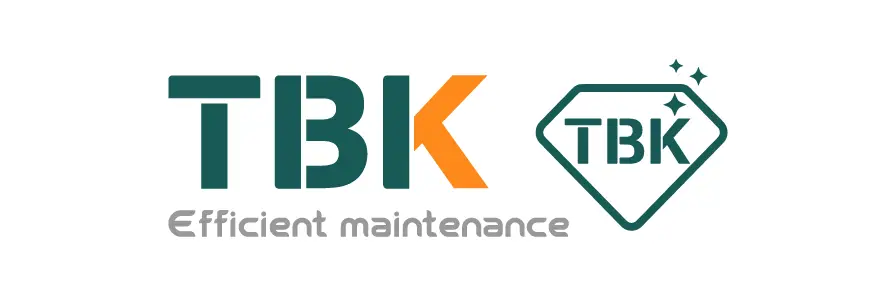Using OCA Lamination Machines: A Comprehensive Guide
Introduction:
Are you looking to learn more about OCA lamination machines and how to effectively use them in your work? If so, you've come to the right place! In this comprehensive guide, we will walk you through the ins and outs of using OCA lamination machines, including tips, techniques, and best practices to ensure successful laminations every time. Whether you're a beginner looking to enhance your skills or a seasoned professional seeking new insights, this guide has something for everyone. So, let's dive in and explore the world of OCA lamination machines together.
Understanding OCA Lamination Machines
OCA lamination machines are an essential tool in the repair and refurbishment of electronic devices, particularly smartphones and tablets. OCA, or Optical Clear Adhesive, is a type of adhesive film that is used to bond the LCD screen to the digitizer or glass cover of a device. The lamination process involves the use of heat and pressure to adhere the OCA film to the screen, resulting in a seamless, bubble-free bond. OCA lamination machines come in various sizes and configurations, from manual to semi-automatic to fully automatic, each offering unique features and capabilities for different applications.
Types of OCA Lamination Machines
There are several types of OCA lamination machines available on the market, each suited for different needs and budgets. Manual machines require more hands-on operation, with the user controlling the heat, pressure, and alignment of the lamination process. Semi-automatic machines offer some degree of automation, such as pre-set temperature and pressure settings, while still requiring manual intervention for alignment and loading. Fully automatic machines are the most advanced, with programmable settings, auto-aligning mechanisms, and touch-screen controls for efficient and precise lamination.
Best Practices for Using OCA Lamination Machines
To achieve optimal results when using OCA lamination machines, it's essential to follow best practices to ensure a successful lamination process. Start by cleaning the screen and digitizer thoroughly to remove dust, dirt, and residue that could affect the adhesion of the OCA film. Use precision tools and alignment guides to ensure proper positioning of the screen and OCA film before lamination. Adjust the temperature and pressure settings according to the manufacturer's recommendations to prevent overheating or under-pressing, which can lead to adhesive failure or bubbling. Finally, conduct a quality check after lamination to inspect for any defects or imperfections and make adjustments as needed.
Troubleshooting Common Issues with OCA Lamination
Despite following best practices, issues may still arise during the lamination process that require troubleshooting to address. Common problems include bubbles or gaps between the OCA film and the screen, incomplete adhesion of the adhesive, uneven pressure or temperature distribution, and misalignment of the screen. To troubleshoot these issues, start by identifying the root cause, such as improper cleaning, incorrect settings, or faulty equipment. Then, make the necessary adjustments, such as repositioning the screen, adjusting the temperature or pressure, or replacing the OCA film, to resolve the problem and achieve a successful lamination.
Conclusion
In conclusion, using OCA lamination machines is a valuable skill for anyone involved in the repair and refurbishment of electronic devices. By understanding the fundamentals of OCA lamination, choosing the right machine for your needs, following best practices, and troubleshooting common issues, you can achieve professional-quality results with every lamination. Whether you're a novice or a seasoned pro, this comprehensive guide has equipped you with the knowledge and techniques to succeed in using OCA lamination machines effectively. So, put your skills to the test and start lamination like a pro today!





























